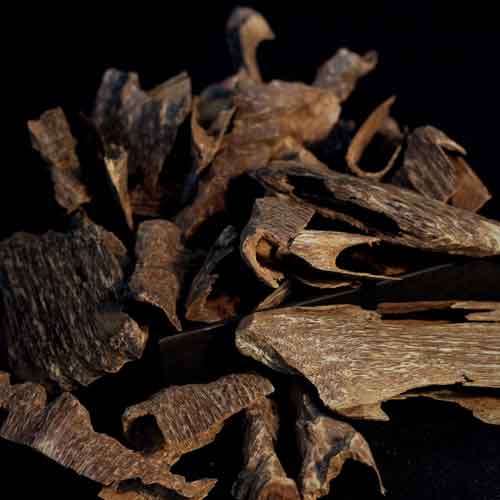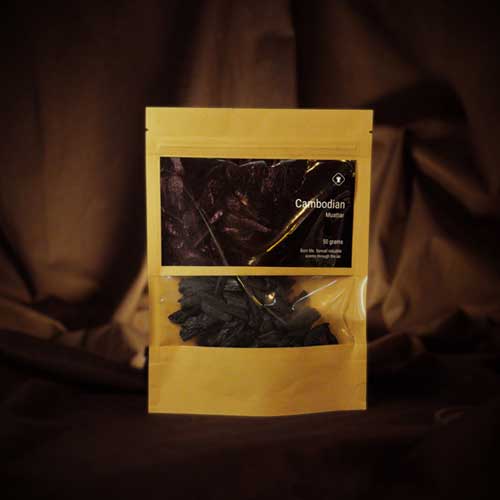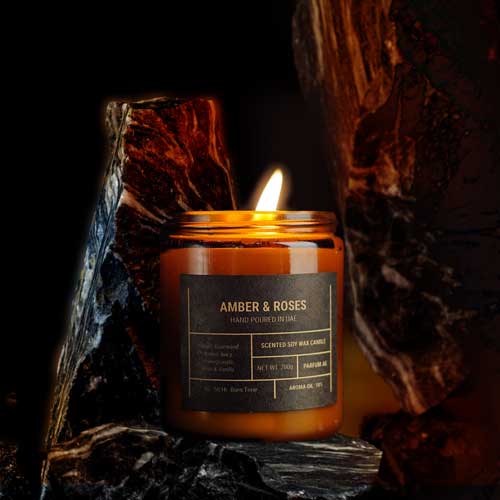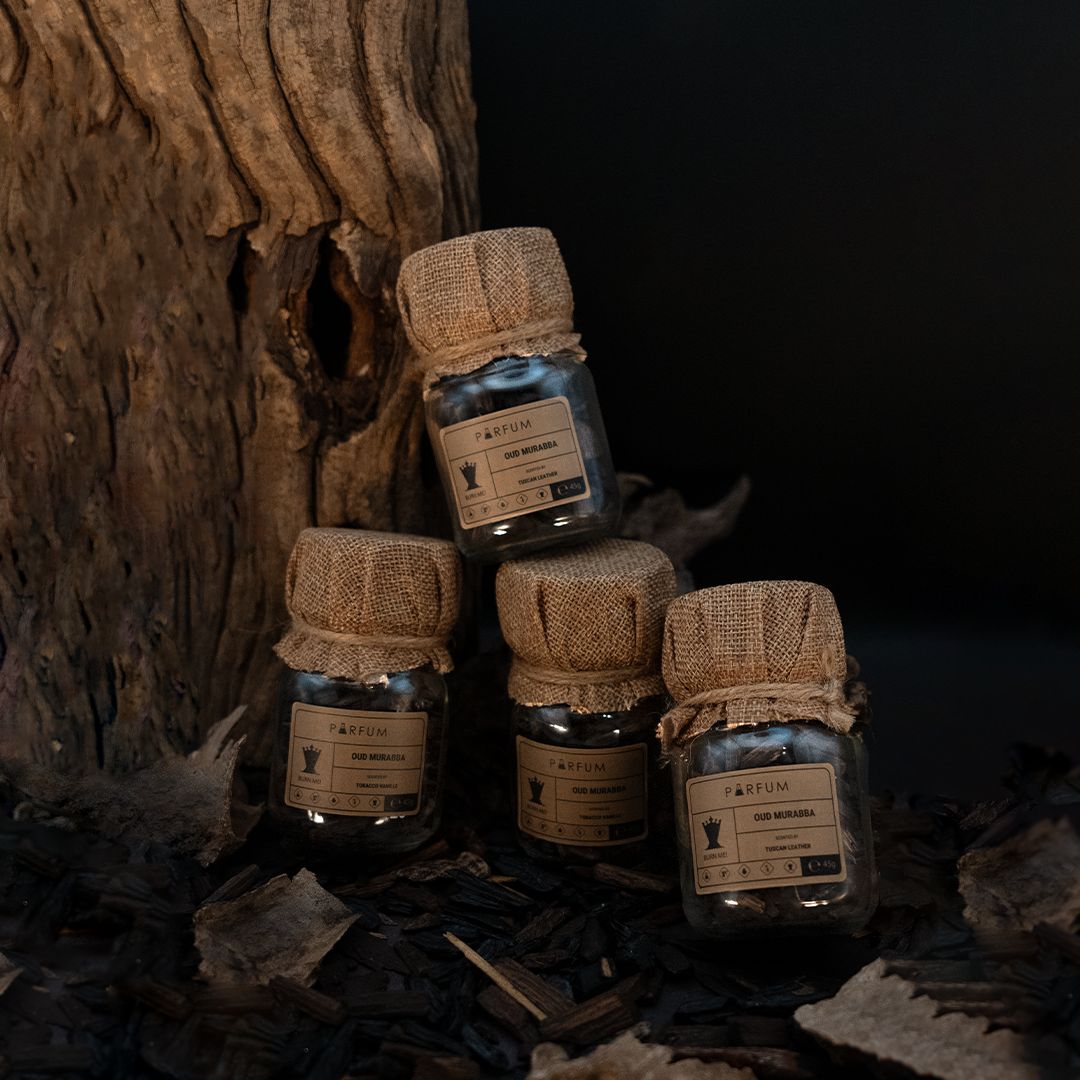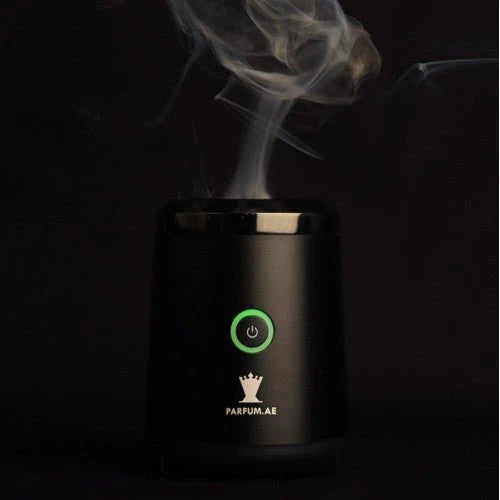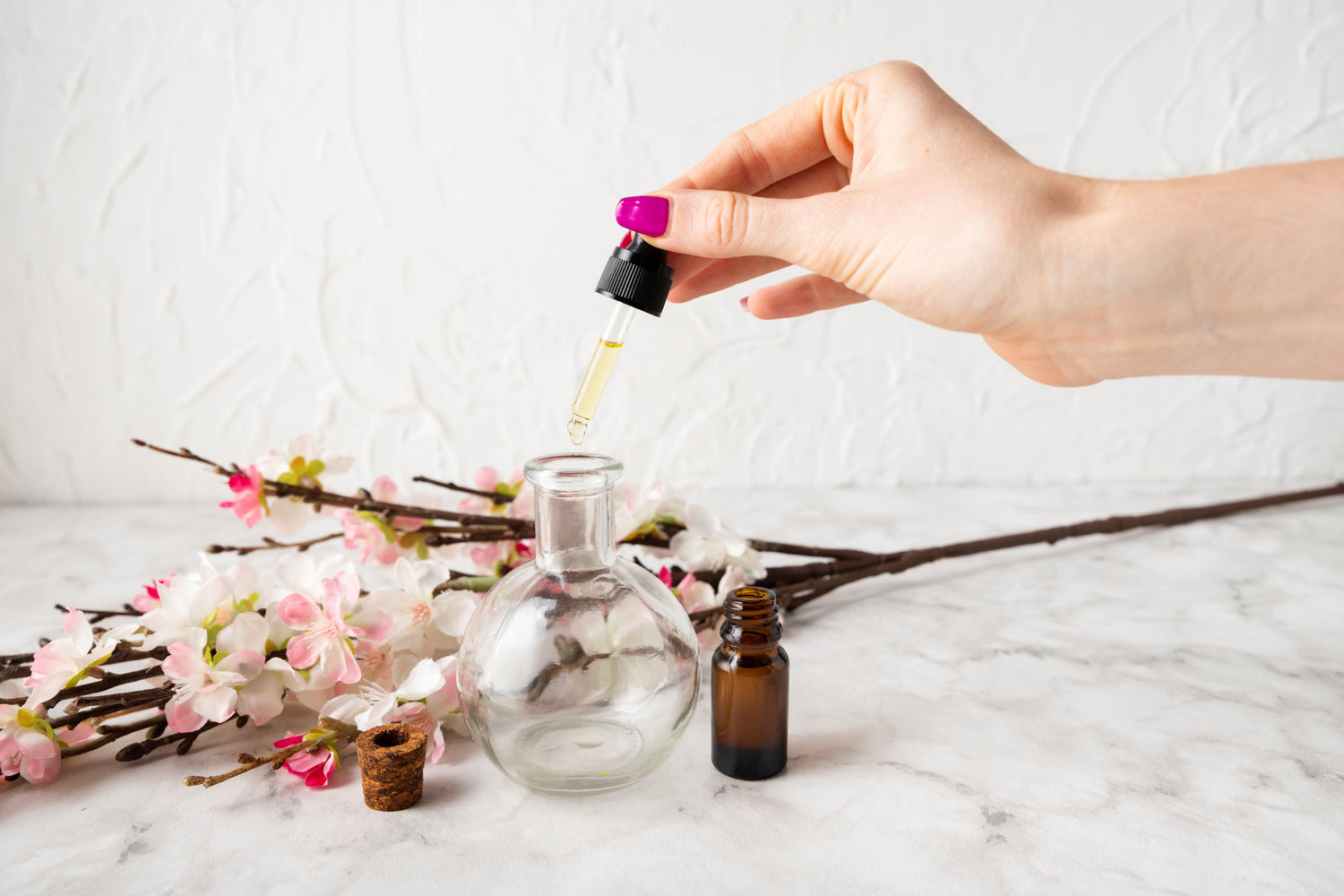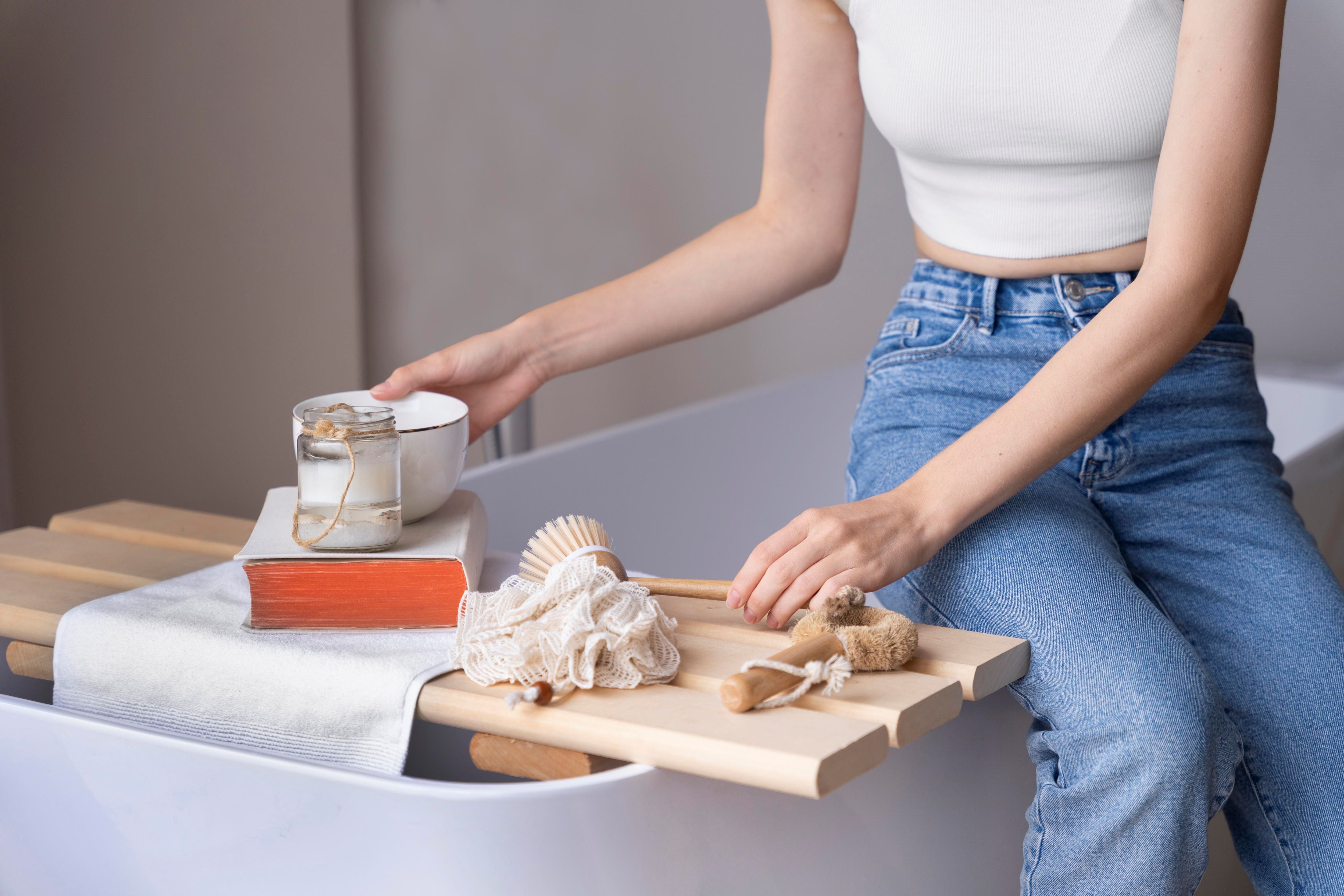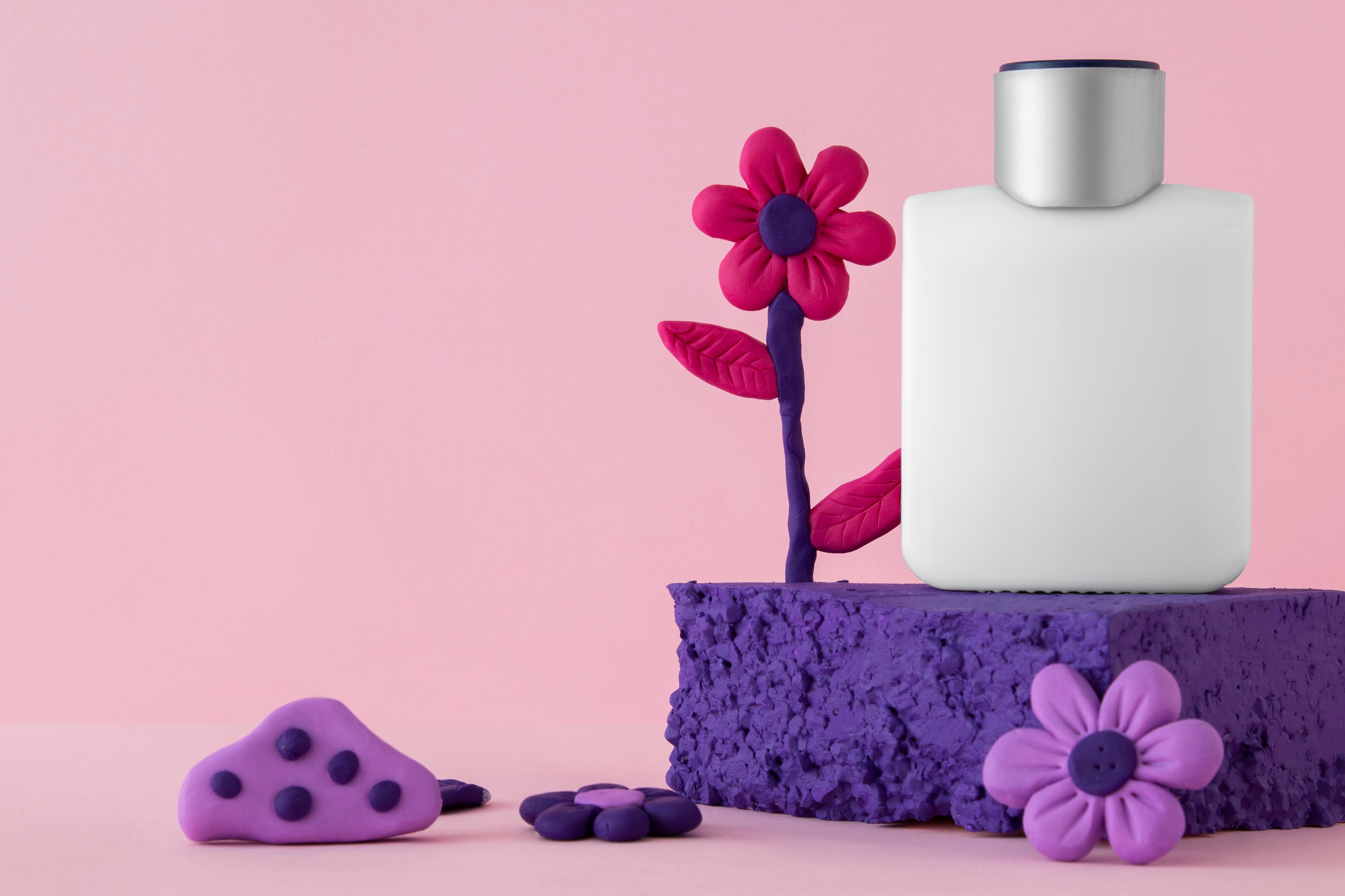Creating your own perfume with essential oils is a fun, creative, and natural way to personalize your fragrance collection. By using essential oils, you can craft a scent that is uniquely yours, without the harsh chemicals found in many commercial perfumes. Plus, the process is simple and rewarding. This guide will take you through everything you need to know about how to make perfume with essential oils at home, providing you with tips, techniques, and recipes to get started. For those looking to enhance their fragrance-making journey or find premium essential oils, be sure to visit our online perfume store.
Understanding the Basics of Perfume Making
Perfume is essentially a blend of essential oils, alcohol, and water. The beauty of making perfume with essential oils lies in its customization: you can choose from a wide range of natural scents to create something truly personal. To get started, it's important to understand the key components:

- Essential Oils: These are the heart of your perfume. Popular choices include lavender, rose, jasmine, sandalwood, and citrus oils. You can mix and match different oils to achieve your desired scent.
- Base (Carrier) Oil: This acts as the foundation for your perfume, helping to dilute the essential oils. Jojoba oil and sweet almond oil are common choices.
- Alcohol: High-proof alcohol (such as vodka) is often used to help dissolve the oils and fix the scent.
- Water: Distilled water is used to adjust the concentration and add lightness to the fragrance.
Choosing Your Essential Oils
The first step in making perfumes with essential oils is selecting your oils. Essential oils are categorized into top, middle, and base notes:
- Top Notes: These are the first scents you smell when you apply the perfume. They are typically light and fresh, such as citrus oils (lemon, orange) or mint.
- Middle Notes: These are the heart of the fragrance and last longer than top notes. Examples include lavender, rose, and geranium.
- Base Notes: These are the foundation of your perfume and linger the longest. Popular base notes include sandalwood, vanilla, and patchouli.
By understanding these categories, you can mix essential oils to create a balanced fragrance. For example, you might combine a citrus top note, a floral middle note, and a woody base note to craft a sophisticated perfume.
Steps to Make Perfume with Essential Oils

Now that you have selected your essential oils, let’s walk through how to make essential oil perfume at home.
1. Gather Your Ingredients and Tools
To make perfume at home with essential oils, you will need:
- Your choice of essential oils
- High-proof alcohol (vodka is commonly used)
- A small amount of distilled water
- Base oil (optional, such as jojoba oil)
- Perfume bottles or small spray bottles
- Droppers and a funnel
2. Choose Your Recipe
You can create your own recipe for perfume with essential oils, but a simple guideline to follow is:
- 20-30% essential oils
- 70-80% alcohol
- A splash of distilled water (adjust as needed)
3. Blend the Essential Oils
Using a dropper, start by adding 20-30 drops of essential oils to your bottle. If you’re using a blend of different oils, follow the top, middle, and base note structure to ensure your fragrance is well-balanced. You might try something like:
- 10 drops of lavender (middle note)
- 5 drops of sandalwood (base note)
- 5 drops of bergamot (top note)
This method of perfume making with essential oils allows for creativity, so feel free to experiment with different combinations to find your favorite mix.
4. Add Alcohol
Once your oils are blended, add alcohol to the bottle using a funnel. The alcohol helps diffuse the oils and makes the scent last longer. Shake gently to mix the oils and alcohol.
5. Let the Perfume Mature
After blending your perfume, it’s best to let it sit for a few days to allow the oils to fully meld with the alcohol. Store the perfume in a cool, dark place for at least 48 hours, although some people prefer to let it age for up to 4 weeks. This process deepens the scent, making your perfume with essential oils more refined.
6. Add Water (Optional)
Once your perfume has matured, you can add a small amount of distilled water to lighten the fragrance. Shake the bottle again to ensure everything is evenly distributed.
7. Bottle and Enjoy
Once you’ve made your adjustments, your perfume is ready! Transfer it to a spray bottle or roll-on applicator. Now you can enjoy wearing your custom-made essential oil perfume.
Tips for Making the Perfect Perfume
- Start Small: When you’re first learning how to make perfumes with essential oils, it’s a good idea to make small batches so you can experiment with different blends.
- Label Your Creations: Keep track of the oils and proportions you use so that you can replicate your favorite scents later.
- Test on Skin: Always test your perfume on a small area of skin before using it regularly to ensure you don’t have any allergic reactions.
- Store Properly: To keep your perfume with essential oils fresh, store it in a cool, dark place away from direct sunlight.
Ready to start blending your own fragrances? Discover the possibilities with Mix It and unleash your creativity in scent creation.
Perfume Recipes to Try
Here are a few perfume with essential oils recipes to get you started:
Floral Citrus Blend
- 10 drops lavender
- 8 drops bergamot
- 5 drops jasmine
- 5 drops sandalwood
Earthy Vanilla Spice
- 10 drops vanilla
- 8 drops cinnamon
- 5 drops patchouli
- 5 drops clove
Refreshing Mint Citrus
- 10 drops peppermint
- 10 drops lemon
- 5 drops eucalyptus
These recipes show just how versatile and fun making perfume with essential oils can be.

